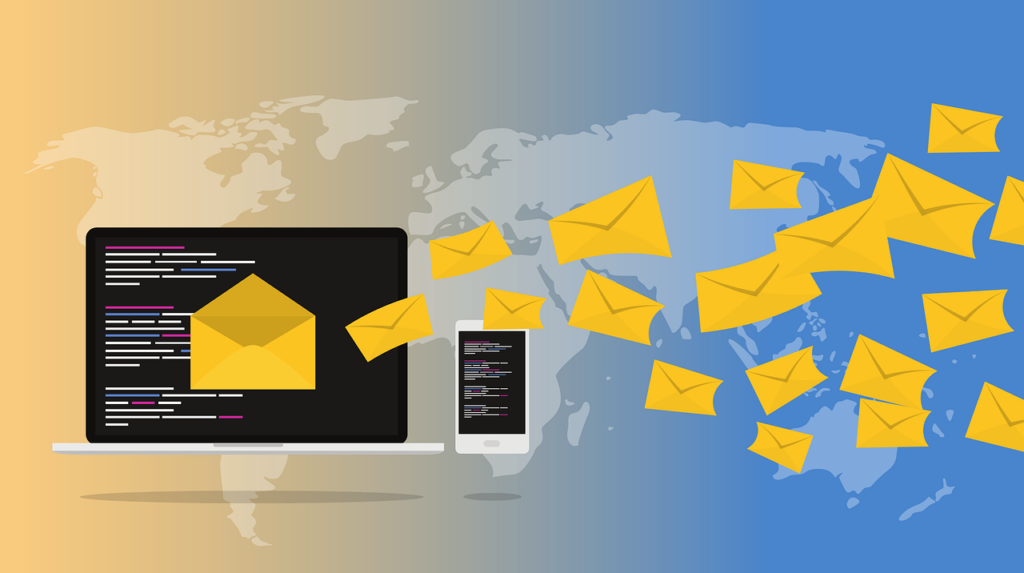An effective email marketing plan remains one of the most powerful tools for businesses seeking to engage their audience, drive conversions, and foster lasting relationships. Whether you’re a small startup or a large corporation, having a well-structured email marketing strategy is essential to achieving your marketing goals. In this article, we will walk you through the critical steps involved in crafting an effective email marketing plan that helps your business grow.
Understand Your Goals
Before diving into the nuts and bolts of an effective email marketing plan, it’s important to define what you want to achieve. Setting clear, measurable goals is the first step in any successful campaign.
- Sales Generation: Are you looking to increase direct sales from your email campaigns? A goal like this would involve creating promotional emails, discounts, and incentives to encourage purchases.
- Brand Awareness: If you’re focused on getting your name out there, emails that highlight your brand story, new products, or company values can help you increase visibility.
- Customer Retention: Email is an excellent tool for staying top-of-mind with existing customers. If your goal is to maintain relationships, you’ll want to focus on loyalty programs, newsletters, and follow-up emails that nurture ongoing engagement.
Once you’ve established your goals, your effective email marketing plan will have direction, allowing you to tailor your content and campaigns toward achieving these specific outcomes.
Build and Segment Your Email List
A crucial aspect of any effective email marketing plan is having a clean, organized email list. Without a high-quality list, your emails won’t reach the right people, and your efforts will go to waste.
- Growing Your List: There are several methods to build your email list, such as offering valuable incentives like discounts, free content, or exclusive access in exchange for email sign-ups. Use lead magnets like eBooks or webinars to entice users to join.
- Segmentation: Not all subscribers are the same. By segmenting your email list based on demographics, interests, purchase behavior, or engagement levels, you can send more relevant content to each group. For example, first-time buyers should receive a welcome series, while repeat customers may benefit from personalized product recommendations.
By maintaining a segmented and up-to-date list, you’ll ensure your emails are highly targeted, which is key to an effective email marketing plan.
Craft Engaging Content
The content you send out is the heart of your effective email marketing plan. To maximize engagement, your emails should provide value, be visually appealing, and include clear calls to action (CTAs).
- Subject Lines: Your subject line is the first thing your subscribers see, and it needs to grab their attention. Make sure it’s compelling, concise, and relevant to the content of your email.
- Personalization: Personalized content is much more likely to engage subscribers. Use their name, recommend products based on past purchases, or tailor your content to their interests. Personalized emails generate higher open rates and conversions.
- Clear CTAs: Each email should have one main goal, whether it’s getting your audience to buy a product, sign up for an event, or read a blog post. Ensure your CTA is visible, straightforward, and relevant to the content.
Creating well-crafted emails is one of the defining features of an effective email marketing plan that drives action and fosters connections.
Design for Success
In today’s mobile-first world, the design of your emails plays a critical role in their success. If your emails don’t look good on all devices or fail to load properly, you risk losing subscribers and damaging your brand image.
- Mobile Optimization: With a large percentage of emails being opened on mobile devices, it’s essential to create responsive emails. This means your emails should look great on smartphones and tablets, with easy-to-read text and simple navigation.
- User-Friendly Layout: Keep your layout clean and organized. Use short paragraphs, bullet points, and appealing visuals to make your emails more digestible. Don’t overwhelm your subscribers with long blocks of text.
A well-designed email can significantly increase the success of your effective email marketing plan, ensuring your messages are not only seen but also acted upon.
Choose the Right Email Marketing Tool
An effective email marketing plan isn’t complete without the right tools to manage and execute your campaigns. The right email marketing platform allows you to streamline your efforts, automate processes, and analyze campaign performance.
- Key Features to Look For: Look for platforms that allow you to create visually appealing emails, segment your list, and track engagement metrics. Email marketing tools such as Mailchimp, HubSpot, and ActiveCampaign offer a range of features to help you manage campaigns, perform A/B testing, and optimize your emails.
- Automation: Email automation is key to maintaining regular communication with your audience. Set up automated email sequences, such as welcome emails, abandoned cart reminders, and follow-up emails, to save time while maintaining personalized communication.
Selecting the right platform will help you execute your effective email marketing plan with efficiency and ease.
Analyze and Optimize Campaigns
An effective email marketing plan is an ongoing process of learning and optimizing. After launching your email campaigns, you must analyze performance metrics to understand what’s working and what needs improvement.
- Track Key Metrics: Keep an eye on open rates, click-through rates (CTR), conversion rates, and unsubscribe rates. These metrics will give you insights into how your emails are performing and where you can make improvements.
- A/B Testing: Test different subject lines, designs, and CTAs to see which resonates best with your audience. Continuous A/B testing ensures your emails are always improving.
By regularly reviewing your analytics and optimizing based on data, you’ll continuously refine your effective email marketing plan and enhance your results over time.
Maintain Consistency
For an effective email marketing plan to truly work, consistency is key. You should establish a regular sending schedule and stick to it, whether it’s weekly newsletters, monthly promotions, or transactional emails.
- Avoid Overwhelming Your Audience: While consistency is important, don’t overwhelm your subscribers with too many emails. Find the right balance between keeping your audience engaged and avoiding email fatigue.
- Value Over Frequency: Prioritize sending valuable content over sheer volume. If your emails are packed with useful information, your subscribers will look forward to hearing from you, rather than dreading another sales pitch.
Consistency in both frequency and value is the foundation of a truly effective email marketing plan.
Conclusion
Crafting an effective email marketing plan is more than just sending out promotional emails. It involves strategic planning, understanding your audience, and continuously optimizing your efforts to achieve your business goals. By following these steps—setting clear goals, building a quality list, crafting engaging content, designing mobile-friendly emails, choosing the right tools, analyzing performance, and maintaining consistency—you can create a plan that not only drives results but also builds lasting relationships with your audience. Ready to start crafting your email marketing plan?


